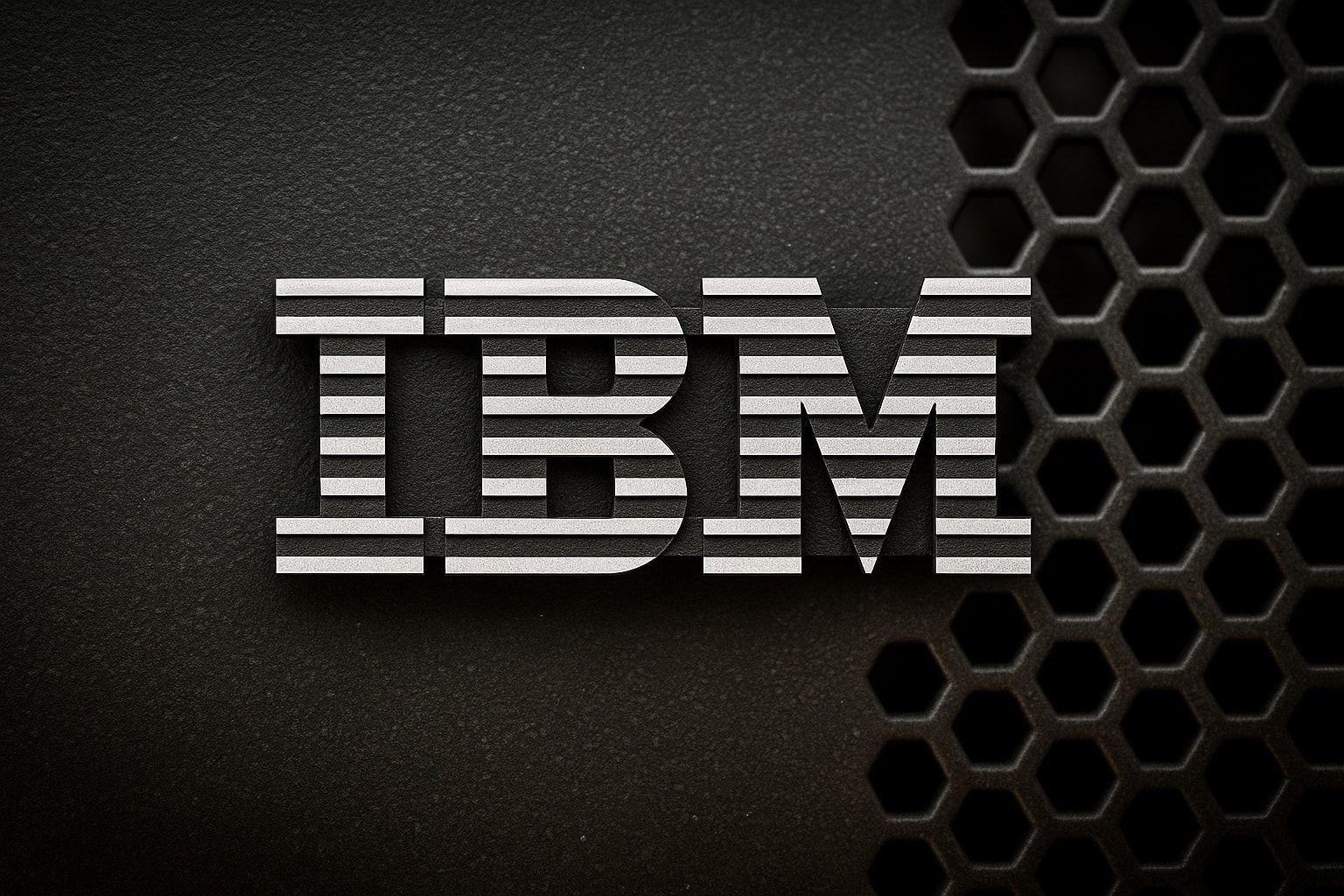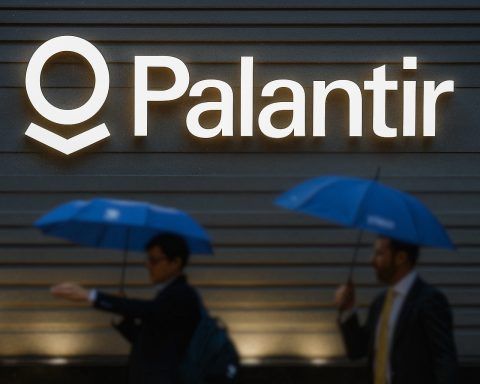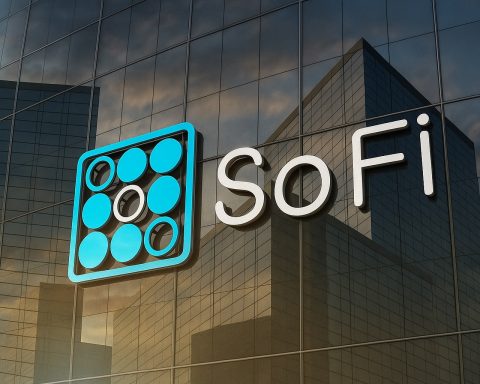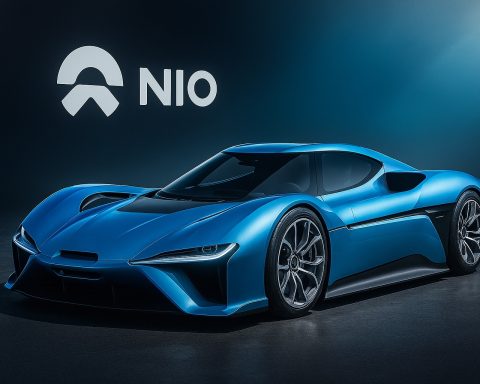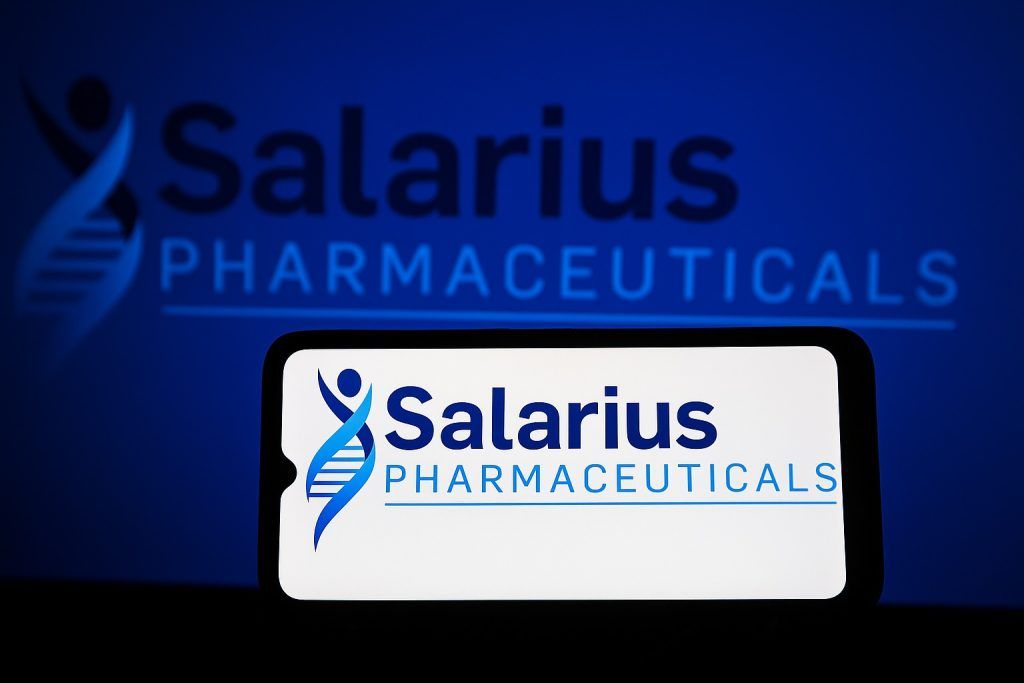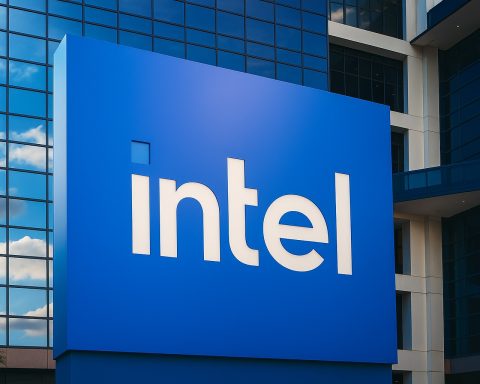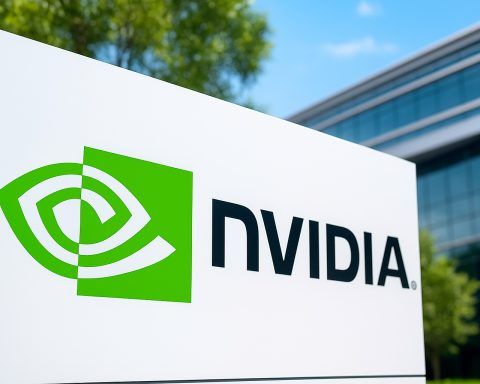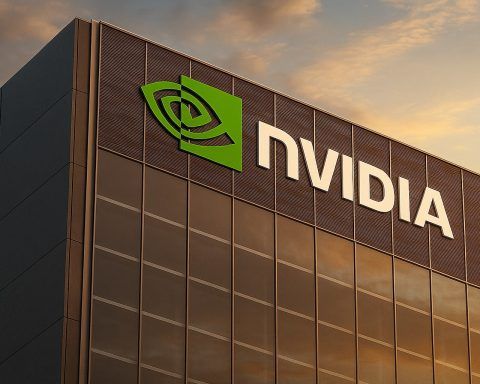IBM announced two new quantum processors—Nighthawk and Loon—plus major Qiskit software upgrades and a community “advantage tracker,” aiming for verified quantum advantage by 2026 and fault‑tolerant systems by 2029. Stock ticks higher on the news.
What happened today
At its annual Quantum Developer Conference, International Business Machines Corporation (NYSE: IBM) unveiled two headline advances for quantum computing: IBM Quantum Nighthawk, a 120‑qubit processor built to push toward near‑term quantum advantage in 2026, and IBM Quantum Loon, an experimental architecture that demonstrates all the core hardware elements needed for fault‑tolerant quantum computing on a 2029 timeline. IBM also detailed significant Qiskit software gains and introduced an open, community-led quantum advantage tracker to verify progress. [1]
Reuters adds that Loon is IBM’s clearest hardware step yet toward useful quantum machines, and quotes Gartner’s Mark Horvath calling the approach “very, very clever.” IBM plans to let users access Nighthawk by year‑end, with the company expecting it to beat classical methods on select tasks by late 2026. [2]
The announcements, decoded
1) Nighthawk: more connectivity, deeper circuits
- Specs: 120 qubits linked by 218 tunable couplers in a square lattice—over 20% more couplers than the prior Heron generation.
- Performance aim: execute circuits with ~30% more complexity while holding error rates low; support up to 5,000 two‑qubit gates now, with roadmap targets of 7,500 (2026), 10,000 (2027) and ~15,000 (2028) as systems scale to 1,000+ connected qubits.
- Availability: slated for IBM users by the end of 2025.
These connectivity and gate‑depth gains are designed to unlock more demanding chemistry, optimization and materials workloads sooner. [3]
2) Loon: a path to fault‑tolerant quantum computing
- What’s new: an architecture that integrates long‑range on‑chip “c‑couplers” to physically connect distant qubits and on‑chip reset features, enabling layouts suitable for qLDPC (quantum low‑density parity‑check) error‑correcting codes.
- Why it matters: IBM says it now has demonstrated all the essential processor building blocks for scaling error correction to fault tolerance.
- Error decoding breakthrough:real‑time qLDPC decoding in <480 ns with a 10× speedup versus a leading recent approach—achieved one year ahead of schedule. [4]
Independent coverage underscores Loon as a larger, more complex lattice aimed squarely at fault tolerance, while Nighthawk is the near‑term workhorse for measurable quantum advantage. [5]
3) Qiskit & software stack: accuracy up, costs down
- Dynamic circuits at 100+ qubit scale show a 24% accuracy increase.
- A new C API and C++ interface lets HPC users program quantum more natively.
- HPC‑accelerated error mitigation reduces the cost of extracting accurate results by >100×.
Together, these software advances let developers trade quantum and classical resources more efficiently as they push toward verified advantage. [6]
4) “Advantage tracker” and early experiments
IBM, Algorithmiq, the Flatiron Institute and BlueQubit launched an open quantum advantage tracker capturing experiments across observable estimation, variational problems and tasks with efficient classical verification. The aim: transparent, community‑verified claims of advantage as the field inches beyond classical limits. An Algorithmiq‑led materials simulation on IBM hardware already reports a verified performance gap versus the best classical methods in benchmarking. [7]
5) Faster hardware iteration: 300mm wafers in Albany
IBM moved primary quantum wafer fabrication to the Albany NanoTech Complex. The company says this has doubled R&D speed (cutting build cycle times at least in half) and increased chip physical complexity ~10×, enabling rapid exploration of new lattice designs and coupler topologies. [8]
Market reaction
IBM shares traded modestly higher intraday following the announcements. Around early afternoon UTC, the stock was up roughly +1.5% near $313.72. Earlier in the morning, Investing.com noted gains of ~1.9% as the news broke. [9]
Why it matters (and what to watch)
- Near‑term milestone: IBM guides to verified quantum advantage by end‑2026—that is, proof that a quantum‑plus‑classical workflow outperforms all‑classical methods on a real problem. Nighthawk’s connectivity is the lever for deeper circuits that make this feasible. [10]
- Long‑term milestone:Fault‑tolerant systems by 2029, with Loon validating critical on‑chip ingredients for scalable qLDPC codes and ultra‑fast decoding. [11]
- Independent perspective: Reuters highlights the architectural trade‑off—IBM’s error‑correction path adds chip complexity with new qubit‑to‑qubit links—yet analysts view the approach as promising. [12]
- Verification culture: The advantage tracker is designed to avoid hype and keep claims measurable and reproducible by the broader community. [13]
Competitive and policy context
The race includes Google and Amazon, among others, and is increasingly about error correction + system engineering as much as raw qubit counts. IBM’s recent work also dovetails with U.S. government interest in benchmarking and verification—Nextgov notes DARPA’s Quantum Benchmarking Initiative progress—signaling that provable utility, not headline qubits, will drive adoption. [14]
FAQ
What’s the difference between “quantum advantage” and “fault tolerance”?
Quantum advantage is when a quantum (often hybrid) approach solves a practical task better than any known classical method. Fault tolerance means the system can continuously detect and correct errors, running long computations reliably—typically using codes like qLDPC. [15]
What are “tunable couplers,” and why do they matter?
They’re on‑chip components that control interactions between qubits. More (and better) couplers increase usable connectivity, enabling deeper, more complex circuits without dramatically raising error rates—a core reason Nighthawk targets tougher workloads. [16]
How will IBM verify advantage claims?
Through its open advantage tracker, where labs and startups submit results that others can rerun, challenge and benchmark against state‑of‑the‑art classical methods. Early materials‑simulation results from Algorithmiq on IBM hardware report a verified performance gap today. [17]
Today’s key sources and further reading
- IBM press release: “IBM Delivers New Quantum Processors, Software, and Algorithm Breakthroughs…” (full specs, timelines, Qiskit/HPC details, fabrication move). [18]
- Reuters first report (analysis, industry context, outside commentary). [19]
- Nextgov/FCW (government tech angle; Nighthawk vs. Loon framing; DARPA benchmarking reference). [20]
- The Quantum Insider (Algorithmiq experiment; community “advantage tracker” launch). [21]
- Investing.com (market move on announcement). [22]
References
1. newsroom.ibm.com, 2. www.reuters.com, 3. newsroom.ibm.com, 4. newsroom.ibm.com, 5. www.nextgov.com, 6. newsroom.ibm.com, 7. newsroom.ibm.com, 8. newsroom.ibm.com, 9. uk.investing.com, 10. newsroom.ibm.com, 11. newsroom.ibm.com, 12. www.reuters.com, 13. newsroom.ibm.com, 14. www.reuters.com, 15. newsroom.ibm.com, 16. newsroom.ibm.com, 17. newsroom.ibm.com, 18. newsroom.ibm.com, 19. www.reuters.com, 20. www.nextgov.com, 21. thequantuminsider.com, 22. uk.investing.com
